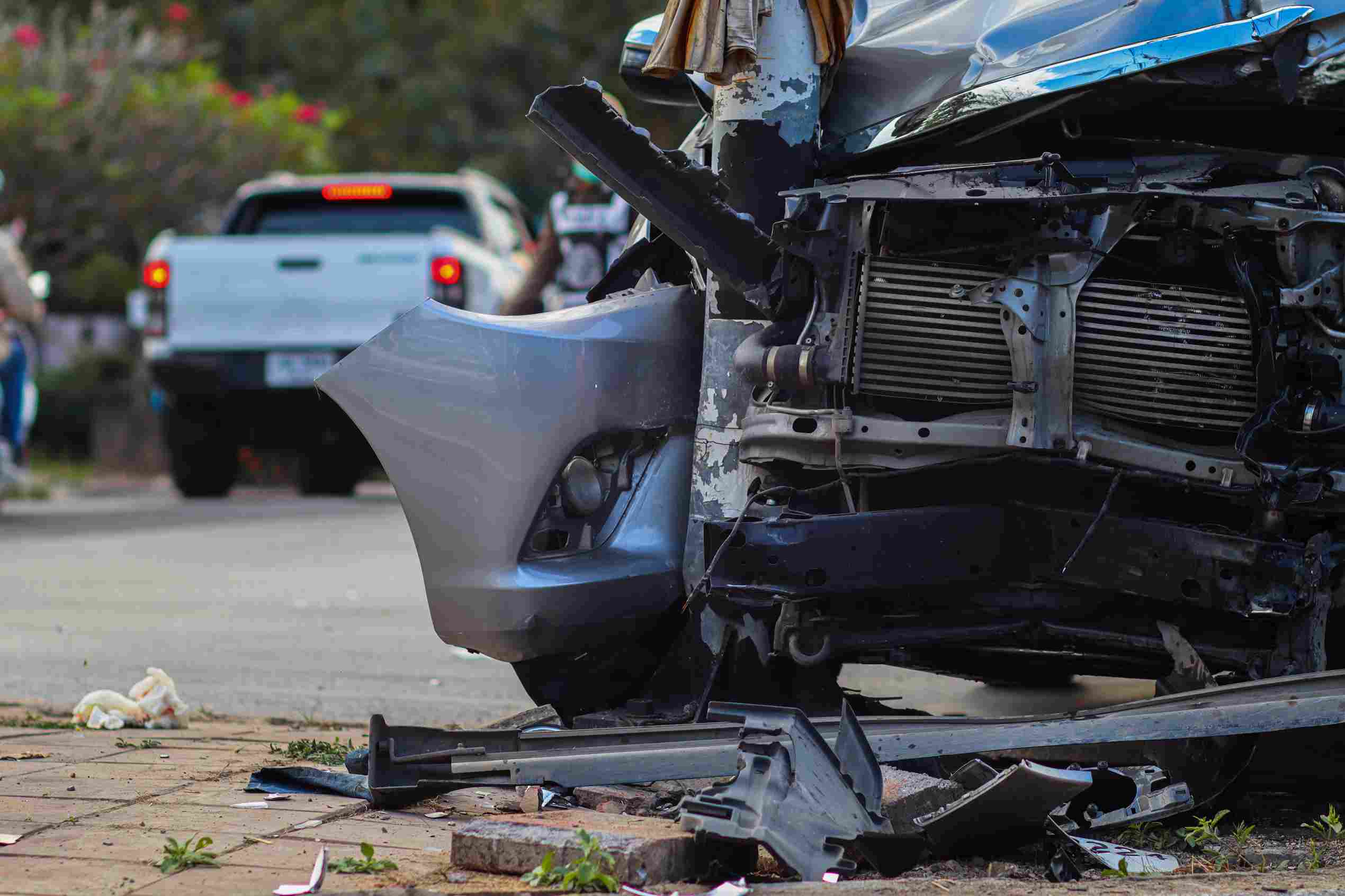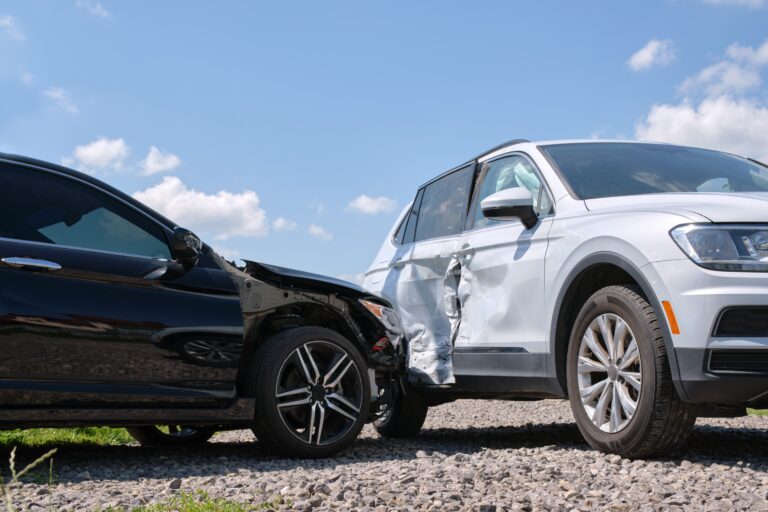Traffic in Richmond is a study in contrasts. Tractor-trailers stream along I-95 and I-64, freight moves to and from the Richmond Marine Terminal, and local drivers weave through dense city streets near Virginia Commonwealth University.
When those patterns converge at busy intersections, serious truck collisions follow. As a truck accident law firm in Richmond, VA, we study where and why these crashes happen, and we use that local insight to build stronger cases for our clients.
Below, we highlight high-risk intersections and corridors, explain what makes them dangerous for heavy vehicles, and share practical steps to protect your rights after a crash.
Why Truck Crashes Cluster at Certain Richmond Intersections
Large trucks magnify ordinary roadway risks. Long stopping distances, wide-turn paths, limited visibility, and the sheer weight of cargo all raise the stakes when traffic is complex or unpredictable. Intersections become particularly dangerous for trucks when one or more of the following are present:
- High traffic volume and complicated signal timing produce stacking, last-second lane changes, and rear-end risks.
- Multiple turn lanes or skewed approaches that force trucks to encroach on adjacent lanes during turns.
- Proximity to interstates, ramps, or industrial hubs that bring a mix of local cars, pedestrians, and heavy freight in the same space.
- High Injury Network corridors, where Richmond’s serious crashes concentrate on a relatively small share of streets.
Intersections and corridors that demand extra caution
1) Broad Street at Belvidere Street (near VCU)
Broad and Belvidere sit at the nexus of downtown traffic, university foot traffic, and the I-95/I-64 network. The area consistently appears in pedestrian-safety discussions and construction updates, reflecting heavy multimodal conflict. For trucks, wide turns and short signal cycles can create squeeze points with buses and rideshare vehicles.
2) Belvidere Street at Main and Grace Streets
The adjacent Belvidere-Main-Grace cluster has seen ongoing lane and sidewalk changes tied to development and safety work. Complex phasing, short blocks, and high-turn volumes make large-vehicle movements unforgiving, especially at peak hours.
3) Hull Street Road corridor intersections
Hull Street is repeatedly identified on Richmond’s High Injury Network and has been the subject of a focused Road Safety Assessment and city improvement projects. Intersections along Hull Street Road, including those near E. Belt Boulevard and Warwick Road, combine speed, frequent lane changes, turning traffic, and heavy commercial activity.
4) Commerce Road at Hull Street and the Port/Terminal approaches
Commerce Road connects industrial facilities and the Richmond Marine Terminal with the interstate network. Intersections near Commerce and Hull see steady freight movement, short gaps, and regular mixing of heavy trucks with local traffic. The corridor has been the focus of safety and access studies and capital improvement plans because of its freight role.
5) Bells Road at Richmond Highway (US-1/301) and I-95 ramps
Bells Road serves the terminal and distribution centers while feeding directly to I-95 and US-1/301. Tight ramp merges, frequent truck turns, and variable speeds increase conflict potential at the surface intersections, especially during peak port hours.
6) Chamberlayne Avenue (US-301) corridor intersections
Chamberlayne carries regional through-traffic and local trips, and it has figured prominently in recent serious-crash coverage. Intersections along Chamberlayne require extra caution for truck lane positioning and drivers sharing space with trucks in mixed urban traffic.
Note: Many downtown Broad Street intersections between 4th and 7th Streets are under continuing improvement projects that can change signal timing, lane alignments, and driver behavior in ways that temporarily raise crash risk. Always slow down through work zones.
What Makes These Locations Risky for Heavy Trucks
Even skilled commercial drivers must solve geometry and timing problems that passenger vehicles do not face. Some of the reasons that accidents are more common in these areas include:
- Wide right and left turns can force encroachment into adjacent lanes, increasing side-swipe and underride risks in multi-lane intersections.
- Signal timing and yellow intervals may be calibrated for typical cars, not 80,000-pound combinations that need additional stopping distance.
- Queueing near ramp terminals leaves little room to recover from sudden slowdowns or a last-second lane change.
- Pedestrian-rich zones around VCU and downtown compress driver reaction windows, especially when sightlines are blocked by buses or large trucks.
- Freight peaks near the port and distribution hubs concentrate truck movements at specific times, compounding exposure at Commerce, Bells, and nearby intersections.
If You Were Hit by a Truck at One of These Intersections
Your steps in the first hours and days matter. Here is how we guide our clients to protect their health and their claim:
- Get medical care immediately and follow your doctor’s orders. Some injuries appear late.
- Call the police and insist on a report. The information in the report can help prove liability in truck accident cases.
- Preserve evidence early. Photograph vehicle positions, skid marks, cargo spills, signal phases, and any construction signage. Ask nearby businesses about camera footage.
- Do not give a recorded statement to an insurer before you speak with a lawyer.
- Call our team. We send preservation letters to the trucking company to safeguard black-box data, electronic logging device records, dispatch notes, maintenance files, and driver qualification records. We move quickly because those records can be overwritten or lost if no one demands they be kept.
Virginia’s deadlines are strict. In most injury cases, you have two years to file a lawsuit. Waiting can jeopardize your rights, and any evidence advantage you have now may not last long.
Virginia also applies pure contributory negligence, which means a defendant will try to argue that even one percent of fault on your part eliminates recovery. Our job is to counter those arguments with facts, experts, and a thorough investigation.
How We Build Truck Cases at Dangerous Intersections
As a Richmond truck crash attorney team, we approach intersection cases with a structured, evidence-first method:
- Scene and vehicle forensics. We coordinate with reconstruction experts to analyze approach speeds, signal timing, truck path, turning radius, and conspicuity.
- ECM and telematics. We secure the tractor’s engine control module data and any fleet telematics to confirm speed, brake application, throttle position, and fault codes before, during, and after the crash.
- Hours-of-Service and dispatch audit. We scrutinize logs for fatigue, pressure, and route choices that put trucks in sensitive urban intersections at peak hazard times.
- Maintenance and cargo. We review inspections, brake wear, lighting, steering, and cargo securement. A marginal component can be the difference between a near miss and a catastrophic impact.
- Human factors and visibility. We examine sightlines, mirror setup, and blind-spot conflicts in multi-lane turns.
- Local conditions. We integrate Vision Zero and corridor-study findings to explain how a specific intersection configuration contributes to risk.
Practical Safety Tips for Drivers Who Share the Road with Trucks
Even the best infrastructure cannot eliminate every crash. These habits reduce your risk around large trucks in Richmond’s busiest zones:
- Stay out of no-zones beside and behind trailers.
- Give trucks the full lane during wide turns and never squeeze up on the inside at a light.
- Expect longer braking distances and increase your following gap.
- Use early, clear signals when turning off Broad, Belvidere, or Chamberlayne.
- Slow through work zones on Main, Cary, and Broad where lane shifts change expected paths.
Why Trust The Johnson Injury Firm with Your Richmond Truck Accident Case
We are a truck accident lawyer in Richmond, VA with deep local roots and a trial-ready mindset. Clients choose us because:
- Experience and results. Our attorneys bring more than 125 years of collective experience, and we prepare every case as if it will be tried to a verdict.
- Family-owned, client-focused practice. Two generations serve Richmond families with direct attorney access and responsive communication.
- No fee unless we win. We work on a contingency fee, so you pay nothing up front.
- Richmond-based, statewide reach. Our office is at 5501 Staples Mill Road, Richmond, VA 23228, and we represent clients throughout Virginia.
Frequently Asked Questions
Do certain intersections cause more traffic accidents in Richmond, VA, for trucks?
Yes. Intersections along High Injury Network corridors and near freight generators see recurring severe crashes. Broad and Belvidere, Hull Street corridor intersections, and the Commerce Road and Bells Road areas are persistent concerns because of volume, turning complexity, and freight activity.
Will road work on Broad, Main, and Cary reduce future crash risk?
Safety projects that shorten crossings, add curb extensions, and calm speeds typically lower crash severity, especially for people walking. Expect temporary disruption during construction and always slow down in work zones.
What if the truck driver blames me?
Virginia’s contributory negligence rule makes these disputes high stakes. Our job as your truck accident attorney in Richmond is to gather and preserve objective evidence that refutes blame shifting and proves the real causes of the crash.
What To Do Next
If you or a loved one suffered injuries in a crash with a commercial vehicle at any Richmond intersection, speak with an accident lawyer in Richmond as soon as possible. Early action helps us lock down the evidence that wins cases. Our team will meet you, answer your questions, and start protecting your claim immediately.
Call The Johnson Injury Firm or request a free consultation on our website. We are ready to serve as your Richmond truck crash attorney and your advocate from day one.






